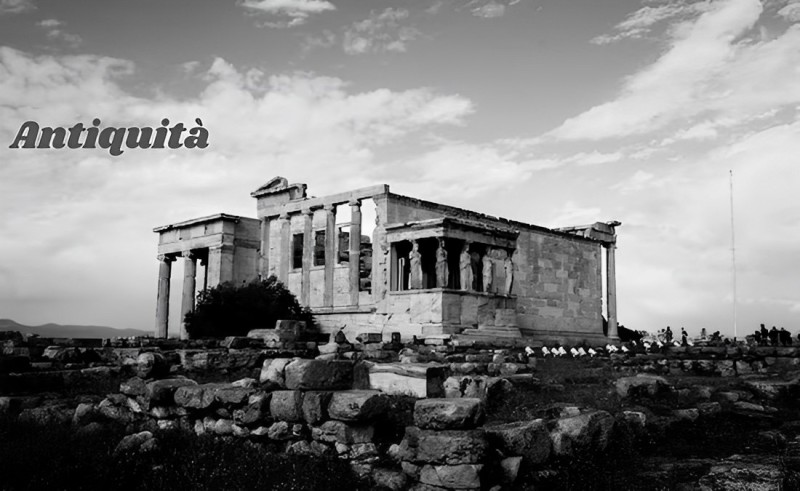Artifact, got from the Latin word Antiquities alludes to old times or the nature of being old. It envelops many curios, verifiable periods, and developments, offering a window into the past that proceeds to charm and interest us today. From antiquated ceramics and figures to coins and gems, ancient pieces give priceless bits of knowledge into the way of life and social orders of former times. This article digs into the universe of artifacts, investigating their importance, protection, and the moral contemplations encompassing their assortment and exchange.
The Significance of Antiquities
Relics hold colossal social, authentic, and creative importance, revealing insight into the lives and convictions of antiquated human advancements. They act as unmistakable connections to our aggregate human legacy, offering significant bits of knowledge into the mechanical progressions, creative accomplishments, and cultural designs of the past.
Historical Insights
Relics give important authentic bits of knowledge, permitting us to sort out stories of antiquated social orders. Whether through old texts, mind boggling ceramics, or compositional remaining parts, these relics offer a brief look into the regular routines, strict practices, and political frameworks of former developments. For example, the disclosure of cuneiform tablets in Mesopotamia has changed how we might interpret early composing frameworks and lawful codes.
Cultural Preservation
The protection of artifacts is vital for shielding social legacy. By contemplating and preserving these relics, we can guarantee that people in the future approach the rich embroidered artwork of mankind’s set of experiences. Historical centers and social foundations assume a fundamental part in safeguarding and displaying relics, permitting individuals from around the world to appreciate and gain from these fortunes.
Table: Notable Antiquities and Their Cultural Significance
| Antiquity | Civilization | Cultural Significance |
|---|---|---|
| Rosetta Stone | Ancient Egypt | Key to deciphering hieroglyphs, unlocking the language and history of ancient Egypt |
| Parthenon Marbles | Ancient Greece | Exemplifies classical Greek art and architecture, sparking debates on repatriation |
| Terracotta Army | Ancient China | Showcases the military might and artistic prowess of the Qin Dynasty |
Ethical Considerations in Antiquities Collection
The assortment and exchange of ancient pieces bring up complex moral issues in regards to possession, plundering, and the illegal market. As interest for these antiques perseveres, it becomes basic to address the moral ramifications encompassing their obtaining and dissemination.
Looting and Illicit Trade
Quite possibly of the most major problem in the realm of relics is the wild plundering of archeological locales and the ensuing illegal exchange of taken curios. This damaging practice denies nations of their social legacy as well as energizes a black market where validness and provenance are frequently darkened.
Ownership and Repatriation
The subject of legitimate possession and bringing home of relics is a combative issue, particularly while considering curios eliminated during times of imperialism or war. Numerous countries look for the arrival of social fortunes taken from their territories, starting discussions about the obligations of galleries and confidential authorities in tending to these cases.
List: Guidelines for Ethical Antiquities Collection
- Respect national and international laws governing the acquisition and export of antiquities.
- Prioritize transparency in documenting the provenance and ownership history of artifacts.
- Support efforts to repatriate looted or unlawfully acquired antiquities to their countries of origin.
Preserving Antiquities: Challenges and Innovations
Protecting relics presents a heap of difficulties, including ecological debasement, maturing materials, and the requirement for manageable preservation techniques. Be that as it may, inventive innovations and interdisciplinary methodologies offer promising answers for defending these priceless relics.
Environmental Threats
Relics are defenseless to natural dangers like moistness, temperature variances, and contamination, which can prompt decay and irreversible harm. Environmental change further intensifies these dangers, highlighting the criticalness of executing viable safeguarding techniques.
Technological Advancements
Headways in logical strategies and computerized advances have changed the field of ancient pieces protection. From 3D examining and printing to painless imaging techniques, these developments empower exact documentation, examination, and replication of relics, adding to their drawn out protection.
Paragraph: Interdisciplinary Approaches to Conservation
Interdisciplinary coordinated effort between archeologists, conservators, researchers, and designers is fundamental for creating comprehensive protection methodologies. By consolidating skill in material science, science, and social legacy, experts can devise far reaching ways to deal with defending artifacts for people in the future.
The Market for Antiquities: Balancing Commerce and Conservation
The exchange of relics envelops a worldwide market, where curios change hands through closeouts, exhibitions, and confidential deals. While this trade encourages appreciation and investigation of old societies, it likewise raises worries about the provenance, genuineness, and moral obtaining of these articles.
Legal Frameworks and Regulation
Numerous nations have carried out regulations and worldwide shows to direct the exchange of ancient pieces, intending to control illegal dealing and advance moral practices inside the market. These lawful structures lay out rules for provenance research, import/send out controls, and a reasonable level of effort in acquisitions.
Cultural Heritage Tourism
The convergence of artifacts and the travel industry presents the two open doors and difficulties. Social legacy destinations and exhibition halls draw in guests trying to investigate old developments, adding to neighborhood economies and cultivating social trade. Be that as it may, dealing with the effect of the travel industry on delicate archeological locales is fundamental for their drawn out safeguarding.
Table: Key Players in the Antiquities Market
| Player | Role | Impact |
|---|---|---|
| Auction Houses | Facilitate sales and acquisitions of antiquities, setting market trends and prices | |
| Private Collectors | Drive demand for specific types of antiquities, influencing market dynamics and values | |
| Museums | Showcase and preserve antiquities, shaping public perception and cultural discourse |
FAQs: Understanding Antiquities
What are antiquities?
Relics allude to old antiquities and objects of verifiable, social, or imaginative importance, commonly beginning from antiquated human advancements and social orders.
Why is provenance important in antiquities?
Provenance, or the archived history of a relic’s proprietorship and starting points, is vital for laying out its genuineness, lawfulness, and social importance. It forestalls the course of plundered or produced ancient pieces on the lookout.
How can individuals contribute to the preservation of antiquities?
People can uphold the conservation of relics by supporting for moral assortment works on, visiting historical centers and social destinations mindfully, and remaining educated about the intricacies regarding the ancient pieces exchange.
What are the risks associated with purchasing unprovenanced antiquities?
Buying unprovenanced ancient pieces conveys the gamble of accidentally supporting the illegal exchange, adding to the deficiency of social legacy, and confronting lawful repercussions assuming the relics are viewed as unlawfully procured.
What role do museums play in the ethical display of antiquities?
Exhibition halls assume a pivotal part in morally showing relics by focusing on straightforwardness in acquisitions, leading exhaustive provenance research, and taking part in discourse with source networks in regards to bringing home endeavors.
Conclusion
The universe of relics offers a spellbinding excursion through time, divulging the different traditions of old developments and the getting through charm of their manifestations. As we keep on investigating, save, and mull over these fortunes, it is crucial for approach the review and exchange of relics with moral mindfulness, capable stewardship, and a guarantee to respecting the social legacy they epitomize. By embracing these standards, we can guarantee that artifacts remain wellsprings of motivation and information for a long time into the future.

